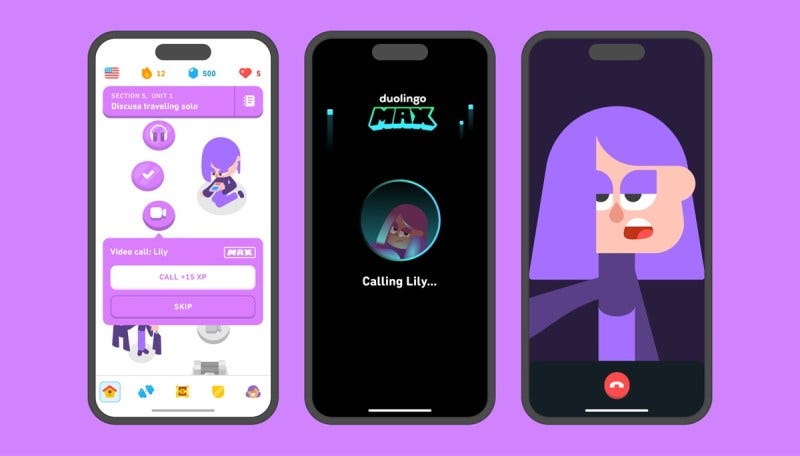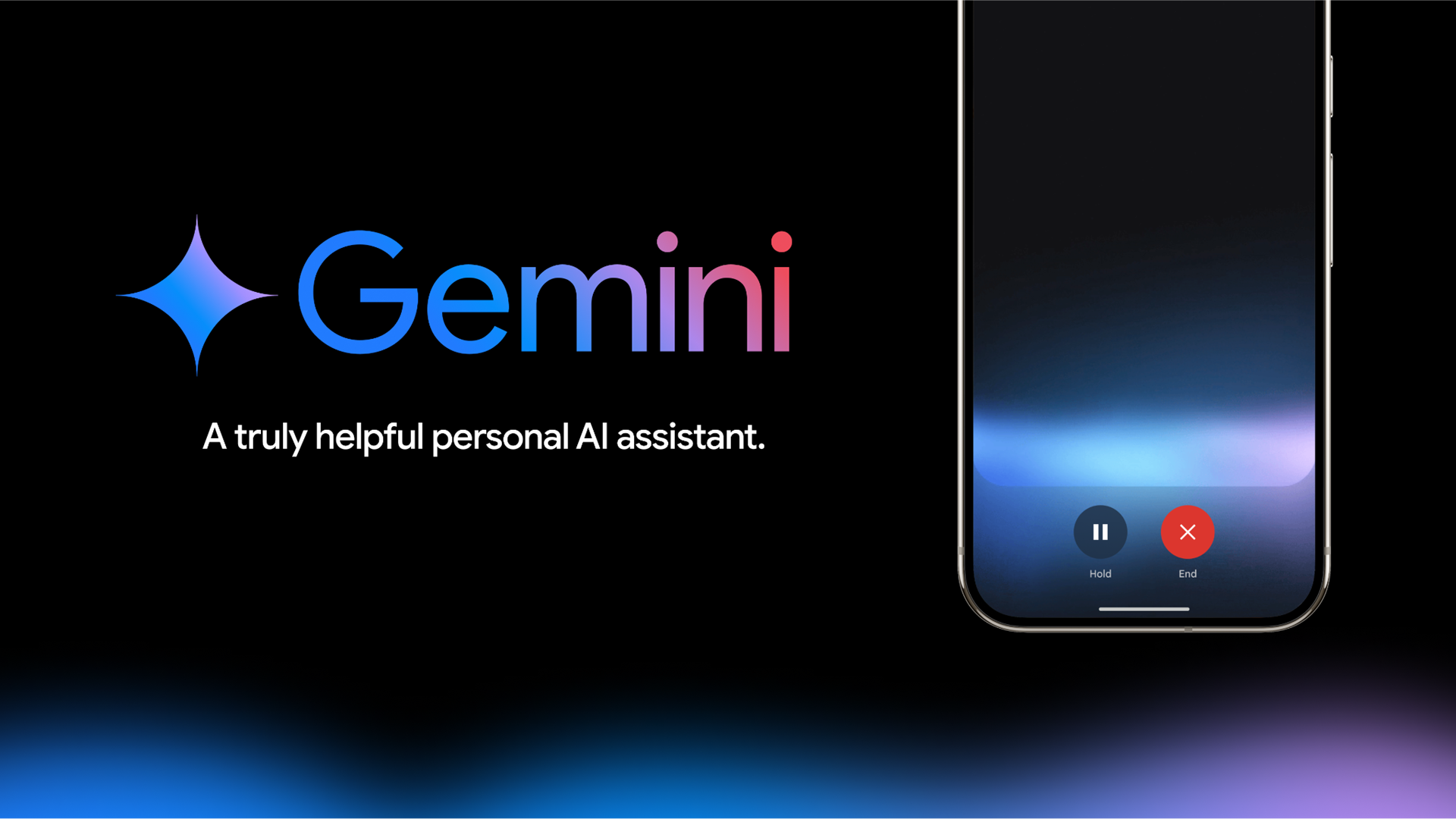
Everything announced at Sonys February 2025 State of Play
www.polygon.com
Its 2025, and Sony Interactive Entertainment is back with its first State of Play presentation for the year. Sony broadcasted 40 minutes worth of PlayStation 5 news, focused on what it described as a creative and unique selection of exciting games from studios around the world. And Sony really packed those 40 minutes with near back-to-back announcements almost 30 trailers or reveals.Among the barrage of gameplay, Sony showed Shinobi: Art of Vengeance, Dave the Diver DLC, Metal Gear Solid Snake Eater, and Sonic Racing: CrossWorlds.The event began at 5 p.m. EDT and was streamed on both YouTube and Twitch, but if you missed the broadcast, weve got the full rundown of what was announced.Monster Hunter WildsCapcom debuted a new trailer for Monster Hunter Wilds, showing off a returning legacy monster called Mizutsune. Monster Hunter Wilds will be released on Feb. 28.Shinobi: Art of VengeanceShinobi: Art of Vengeance will be released on Aug. 28, bringing back the Shinobi franchise.Sonic Racing: CrossWorldsSega debuted a trailer for Sonic Racing: CrossWorlds during the State of Play, and announced that a closed network test is set for Feb. 21.Digimon Story Time StrangerA new Digimon game is coming: Digimon Story Time Stranger, taking players across worlds and time itself. Its expected out in 2025.Lost Soul AsidePre-orders for Lost Soul Aside open on Feb. 19.Like A Dragon: Pirate Yakuza in HawaiiOn Friday, a new demo of Pirate Yakuza in Hawaii will go live.Dave the DiverDave the Diver gets Ichibans Holiday DLC, bringing Yakuza to the game, in April.WWE 2K25WWE 2K5 is coming to PlayStation 4 and PlayStation 5 on March 14.Borderlands 4Borderlands 4 will be released Sept. 22, Gearbox announced during the State of Play.Split FictionHazelight Studios upcoming co-op game Split Fiction got a new story trailer during the State of Play, showing more about the adventures players will enter.Directive 8020Directive 8020 is the story of the brave astronauts of the Cassiopeia who embark on a deadly mission to save humanity, but their ship is infected by an alien lifeform that perfectly imitates its prey, per the YouTube description. Itll be released on Oct. 2.Five Nights at Freddys: Secret of the MimicFive Nights at Freddys: Secret of the Mimic will be released on June 13.The Midnight WalkThe Midnight Walk, described as a handcrafted dark fantasy adventure will be released on PlayStation 5 and PlayStation VR2 on May 8.Darwins Paradox!Help Darwin the octopus escape a food factory and get back to the ocean in Darwins Paradox!, which was debuted during the event.Warriors: AbyssWarriors: Abyss dropped today on PlayStation 4 and PlayStation 5.Onimusha 2: Samurais DestinyOnimusha 2: Samurais Destiny will be released on May 23. Onimusha 2: Samurais Destiny returns with higher resolution graphics and modernized controls to perform Issen critical counter attacks and intense swordplay, per Sonys YouTube description.Onimusha: Way of the SwordOnimusha: Way of the Sword got its first trailer trailer and a release window: 2026. The new trailer debuts the new protagonist, Miyamoto Musashi.Metal Gear Solid: Snake EaterMetal Gear Solid Delta: Snake Eater, a remake of the 2004 Metal Gear Solid 3: Snake Eater, will be released on Aug. 28.Hell Is UsHell Is Us will be released on Sept. 4, tackling a bleak topic: The demons known as humankind. Timely!Lies of P: OvertureLies of P: Overture is a prequel to Lies of P, announced for PlayStation 4 and PlayStation 5.Dreams of AnotherPixelJunk announced Dreams of Another, a game that turns the third-person shooter on its head to build rather than destroy.Days Gone RemasteredDays Gone Remastered is coming to PlayStation 5 on April 25.Stellar Blade and Goddess of Victory: Nikke DLCDLC is coming to Stellar Blade on PlayStation 5 and Windows PC in June.Blue PrinceBlue Prince, a genre-bending, atmospheric, architectural adventure where you explore an ever-changing manor of 45 shifting rooms, was announced with a debut trailer.Abiotic FactorAbiotic Factor, in early access on Windows PC, will be released on console this summer.Tides of Annihilation When the streets of London are engulfed by an Outworld invasion, the only survivor, Gwendolyn, discovers a mysterious power to command the legendary Knights of the Round Table, reads the YouTube description for Tides of Annihilation. Driven by vengeance and the desperate need to save her sister, she embarks on a high-stakes journey across two worlds: a shattered modern London and the mythical Avalon.Metal EdenMetal Eden was revealed, and it looks like a fast-paced science-fiction first-person shooter.MindseyeAI and human greed collide in Mindseye, according to its developer.SarosHousemarque announced Saros with a cinematic trailer, and noted that the gameplay trailer will come later this year.
0 Commenti
·0 condivisioni
·8 Views











